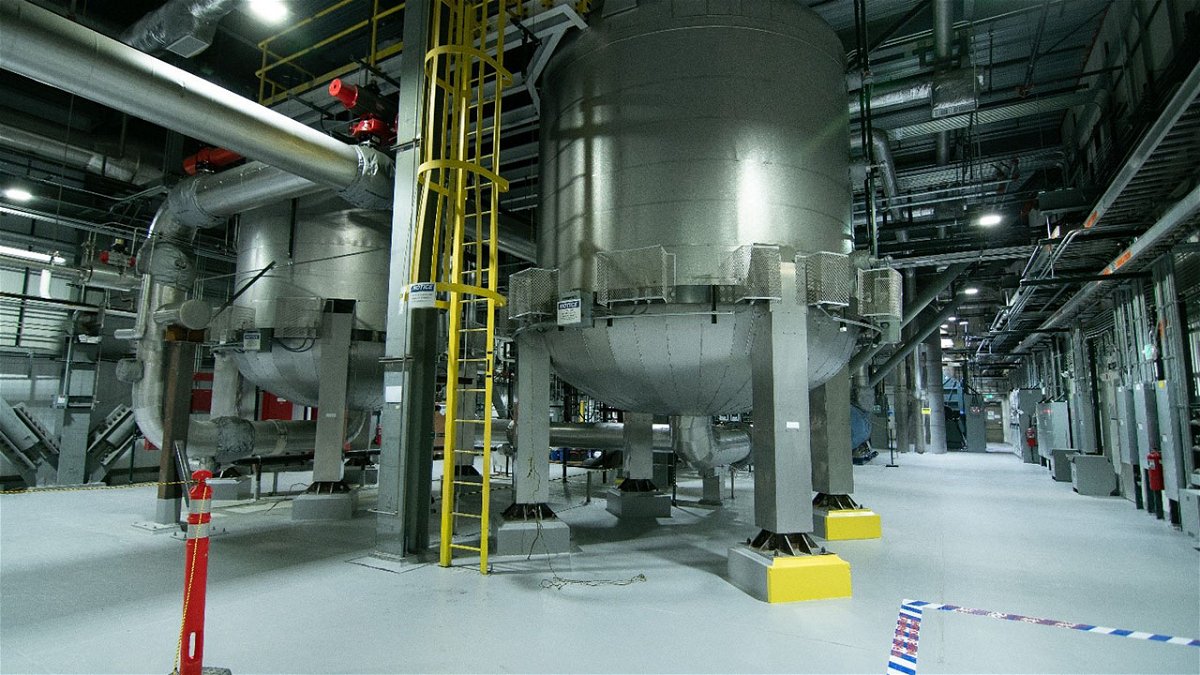Idaho Site replaces carbon material critical to waste treatment facility

IDAHO FALLS, Idaho (KIFI) – Crews with the U.S. Department of Energy’s Office of Environmental Management contractor, Idaho Environmental Coalition, have replaced carbon material from two vessels of the Integrated Waste Treatment Unit (IWTU) at the Idaho National Laboratory Site, allowing the plant to resume radioactive liquid waste treatment operations early next year.
Granular activated carbon (GAC), which has widespread uses in many industries, treats off-gas to remove mercury before it is sent to the IWTU’s exhaust stack. Off-gas is a byproduct of the IWTU’s steam reforming process and must be free of mercury before it can be safely discharged to the air.
Following five months of sodium-bearing liquid waste treatment, in which crews treated 68,000 gallons of waste from nearby underground waste tanks, the GAC beds within two vessels became loaded with mercury. Per operating procedures and permit requirements, once the GAC beds can no longer remove mercury from process off-gas, the plant must be shut down for bed replacement.
A specialty vacuum reached the vessels through 24-inch passageways. It was used to remove the spent carbon, which is being disposed of as Resource Conversation and Recovery Act waste.
Those same passageways were used to load new carbon. Crews also replaced three different-sized ceramic balls, which rest on the bottoms of the two vessels. The balls act as spacers to evenly distribute off-gas flow up through the GAC beds.
The IWTU uses steam-reforming technology to convert 900,000 gallons of radioactive liquid waste — generated between historic spent nuclear fuel reprocessing runs at the Idaho Nuclear Technology and Engineering Center — into a more stable granular solid. Following this conversion, the solids, about the size of coarse coffee grounds, are transferred to long, stainless steel canisters, which are then loaded into concrete vaults for onsite storage.
IWTU began radioactive liquid waste treatment in April and operated continually until September.
Project directors expect to resume operations early next year. Once the plant is at normal operating temperature and pressure, operators will introduce simulant and then transition to sodium-bearing waste once the facility is operating as expected.






